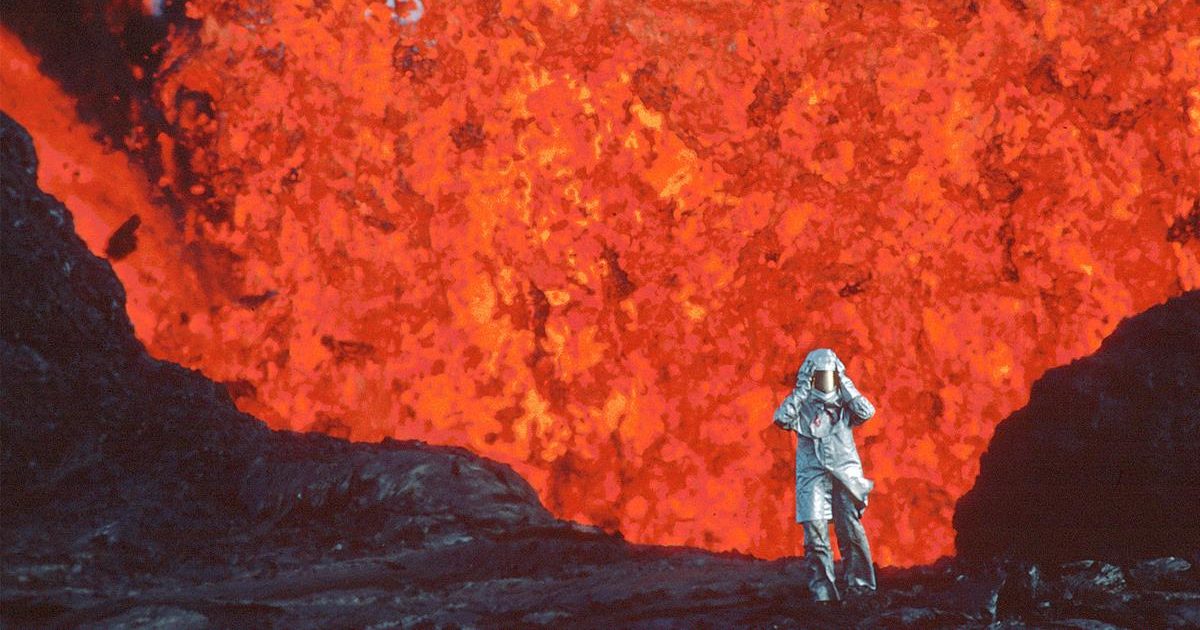
Sara Dosa, director of the documentary Fire of Love, was lucky enough to gather more than 20 hours of original 16mm film footage shot by French scientists Katia and Maurice Krafft. But she had a problem with the re-telling of the story: namely, how to elevate the special nature of their relationship when there was only ever one of them in a shot as they took turns behind the camera.
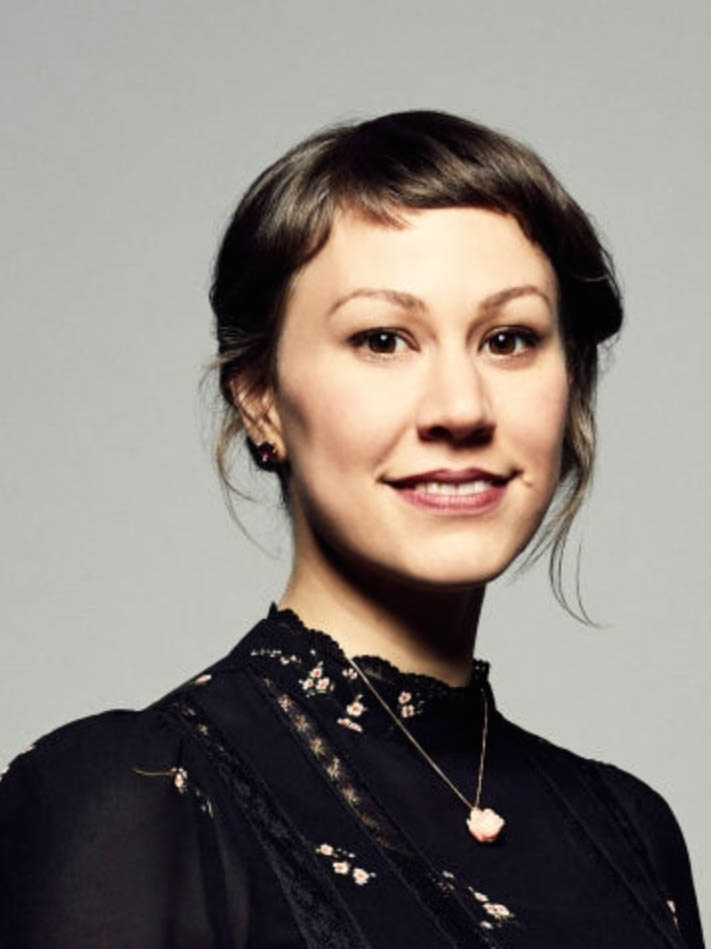
“But as I learned about them,” Dosa said, “I became completely hooked on the nature of their relationship — it wasn’t just Maurice and Katia in a relationship, it was almost a love triangle between the two of them and the volcanoes.
“That set me on a path of inquiry about so many things: the human relationship with nature; the sentience of nature; creation; destruction; love; life; and meaning.”
Dosa’s editors, Erin Casper and Jocelyne Chaput, decided to create love imagery from the volcanic footage itself. “We have some scenes that feel explosive and speak to the passion and ecstatic fullness of one’s heart,” she said.
“We have one scene that’s a bit erotic — subtly and playfully. And of course, we have scenes that are dangerous and foreboding that we thought spoke to the risks that one takes when you fall in love.”
Volcanoes became their language for telling a love story, and Dosa thought that was truer to Katia and Maurice’s story than if you ever actually saw them kiss.
Ironically, Casper and Chaput discovered that many of their edit goals were derived from the limitations of the footage.
“Shot on 16mm, the shooting is very different than in the digital era. The shots are short and precise in order to preserve their precious film stock, but they’re strewn across years of reels, out of order, and have been locked away for decades, and there’s no sync sound to the reels.”
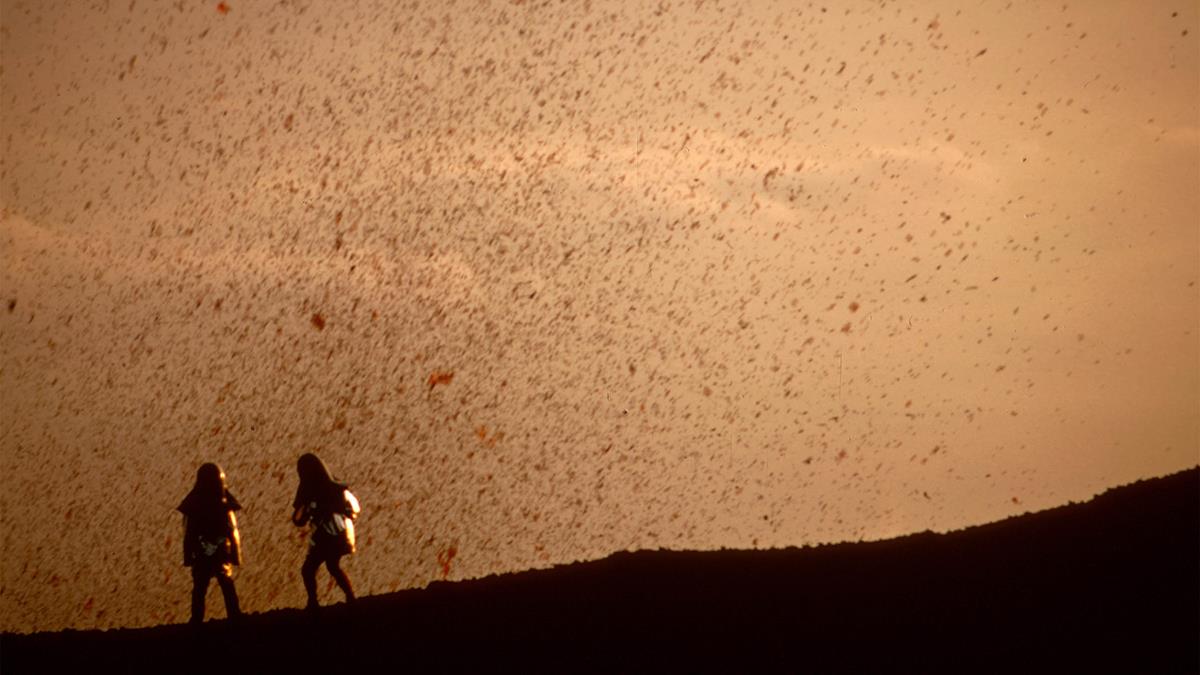
So, a big question surfaced: How do they turn this material into a cogent, compelling narrative infused with a sense of immediacy, as well as an accessible window into volcanology?
“With snap zooms galore, it seemed that they were likely influenced by the French New Wave filmmakers of their day, too. So we ultimately decided to lean into the limitations of the material as playfully as possible since the material seemed to support that approach.”
The 16mm footage that forms the basis of the movie is astounding even on a small screen, as, at one point, Katia perches on the mouth of an exploding void, insulated by aluminum and asbestos. It’s the kind of footage unthinkable then and even today without a drone to do the cinematographic work.
“The key was to allow ourselves to experiment a lot, just to figure out the formal (and not so formal) grammar of the film. Sara was always keen on trying things out and giving us plenty of leeway to do so. Over time, we honed a voice and style that reflected our goals.”
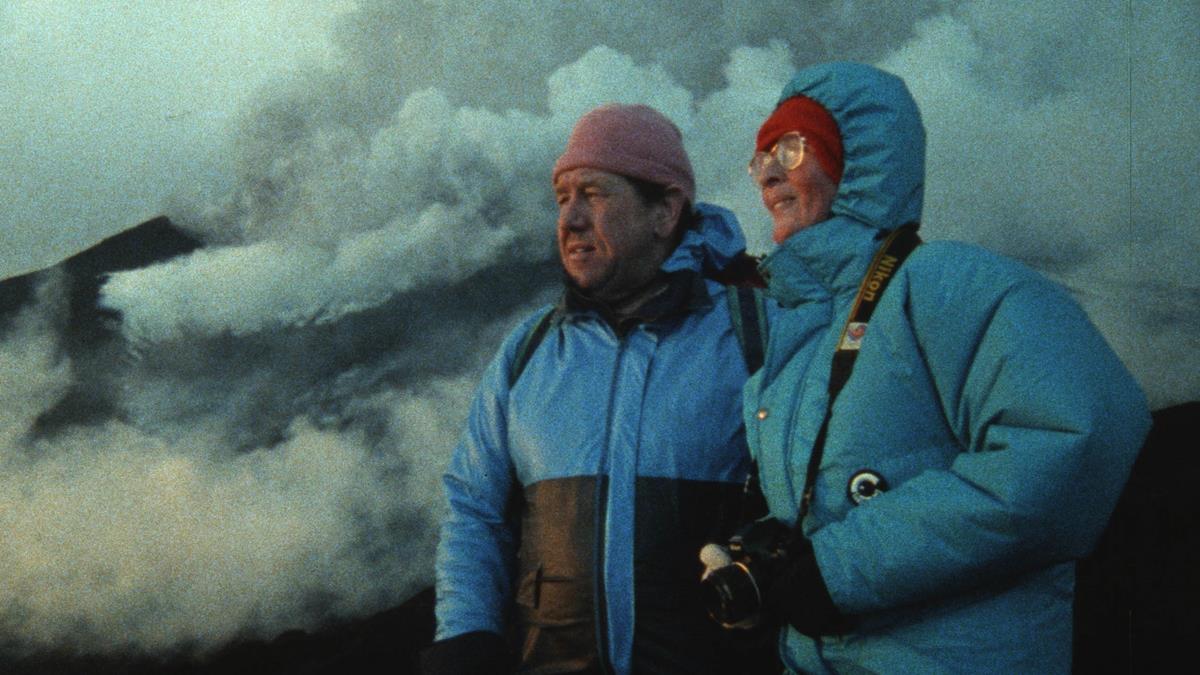
Directed by Dosa and narrated by filmmaker and author Miranda July, this lyrical archival collage pulls from hundreds of hours of rare and never-before-seen footage and photographs shot by the Kraffts, channeling the humor, affection, and insatiable curiosity that was integral to their partnership.
The Sundance documentary was awarded Critics Pick by IndieWire, which glowingly described the film thusly: “At an economical 90-minute running time, Fire of Love packs a visual and emotional wallop, with enough close-ups on erupting volcanoes — one, at a point, is called ‘a bathtub with a hole in it, sowing death all around’ — to leave you slack-jawed, terrified, and awe-inspired.”
READ MORE: ‘Fire of Love’ Review: A Molten Love Triangle Between Married Volcanologists and Their Subject (IndieWire)
Dosa explained to Filmmaker Magazine how she chose the story of the Kraffts. “When the pandemic hit, it forced us to pivot. We thought an archival project that required no new shooting would be COVID-safe and were reminded of Katia and Maurice Krafft’s story, which we first came across on our last feature, The Seer & The Unseen.”
The pandemic had raised deeply personal questions that Dosa wanted to find answers to. The Krafft’s story held some of those keys. “Maurice and Katia’s own story became a vehicle through which I could wrestle with these ideas. I think the film perhaps became more emotionally resonant because we were all experiencing these questions in our personal life and infused those emotions into our film,” Dosa said.
“In this way, the pandemic prompted not just a reconsideration of the form of storytelling that I had relied upon in the past, but sparked a deeper contemplation into our creative process.”
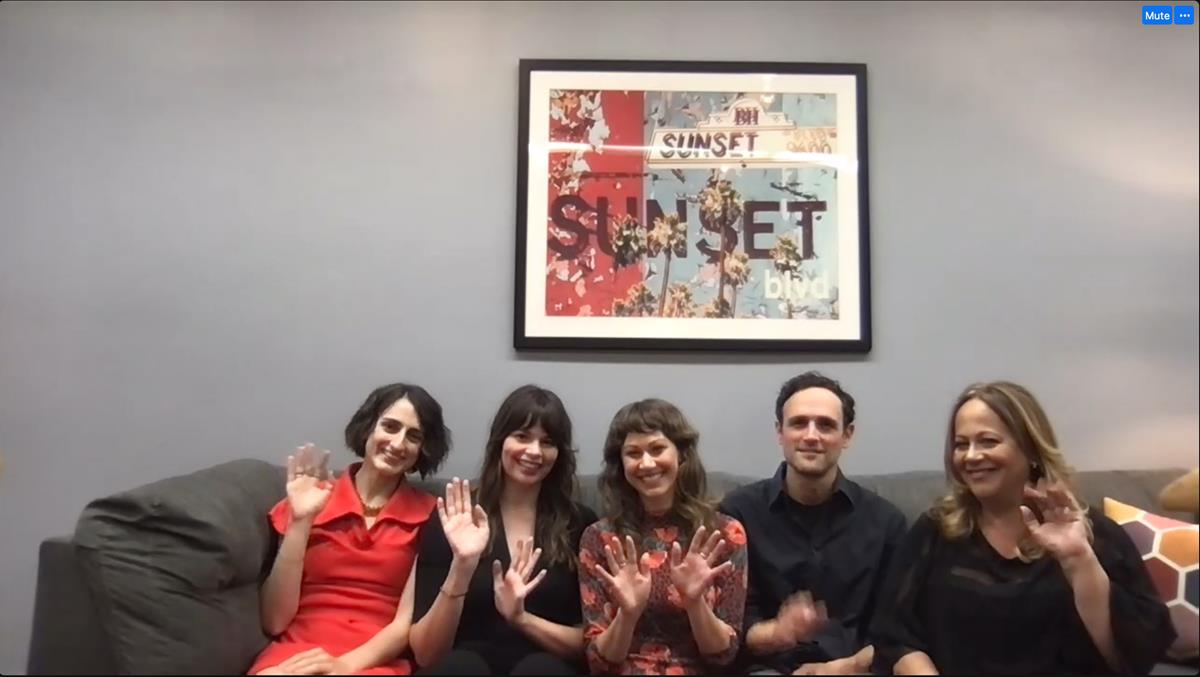
READ MORE: “The Pandemic Sparked a Deeper Contemplation Into Our Creative Process” | Sara Dosa, Fire of Love (Filmmaker Magazine)
Variety describes how early on in the film news of the Krafft’s death is introduced. “Early in the film, we learn something about them that makes us suck in our breath. Miranda July says, ‘It’s 1991. June 2. Tomorrow will be their last day.’ ”
“The two are headed for another volcano stakeout (of Mount Unzen in Japan), and it’s clear what we’re being told: that this is the one that killed them. That stunningly ominous fact sets the stakes for the entire movie.
“Maurice and Katia always knew they were risking their lives. In an early foray, the skin on Maurice’s leg was burned off by 140-degree mud — a baptism of fire. But from the start their mantra was (in Katia’s words), ‘Curiosity is stronger than fear.’ ”
READ MORE: ‘Fire of Love’ Review: The Most Spectacular Volcano Footage Ever Shot Anchors an Amazing Doc About Two Volcanologists (Variety)
Want more? Check out Dosa discussing the making of Fire of Love:
Watch a Q&A with Dosa from the 51st New Directors/New Films event:


